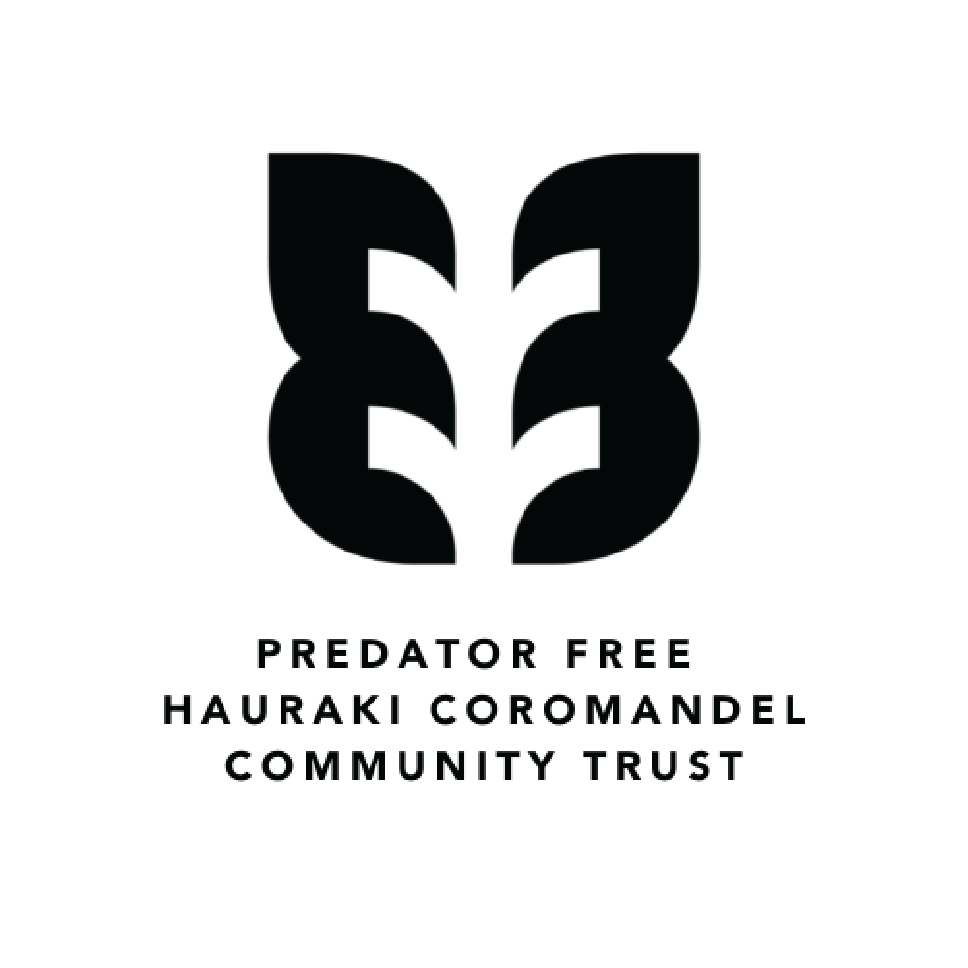Protecting the Locals with Kapowai Kiwi Group
When looking at the exciting and diverse predator free action happening across the Hauraki Coromandel we are reminded that farming and conservation are not mutually exclusive.
Across our region, a vast number of farmers and landowners are protecting their backyards (which are a little bigger than most!) and the taonga species that live there. We chatted with Kapowai Kiwi Group (KKG), a community conservation group located just outside of Coroglen who have been doing just that.
This humble group has been going about their work without a fuss since 2002. Landowners, farmers, and community members continue to come together and roll up their sleeves to secure sanctuary for their nocturnal neighbours, the Coromandel Brown Kiwi. Here is their story.
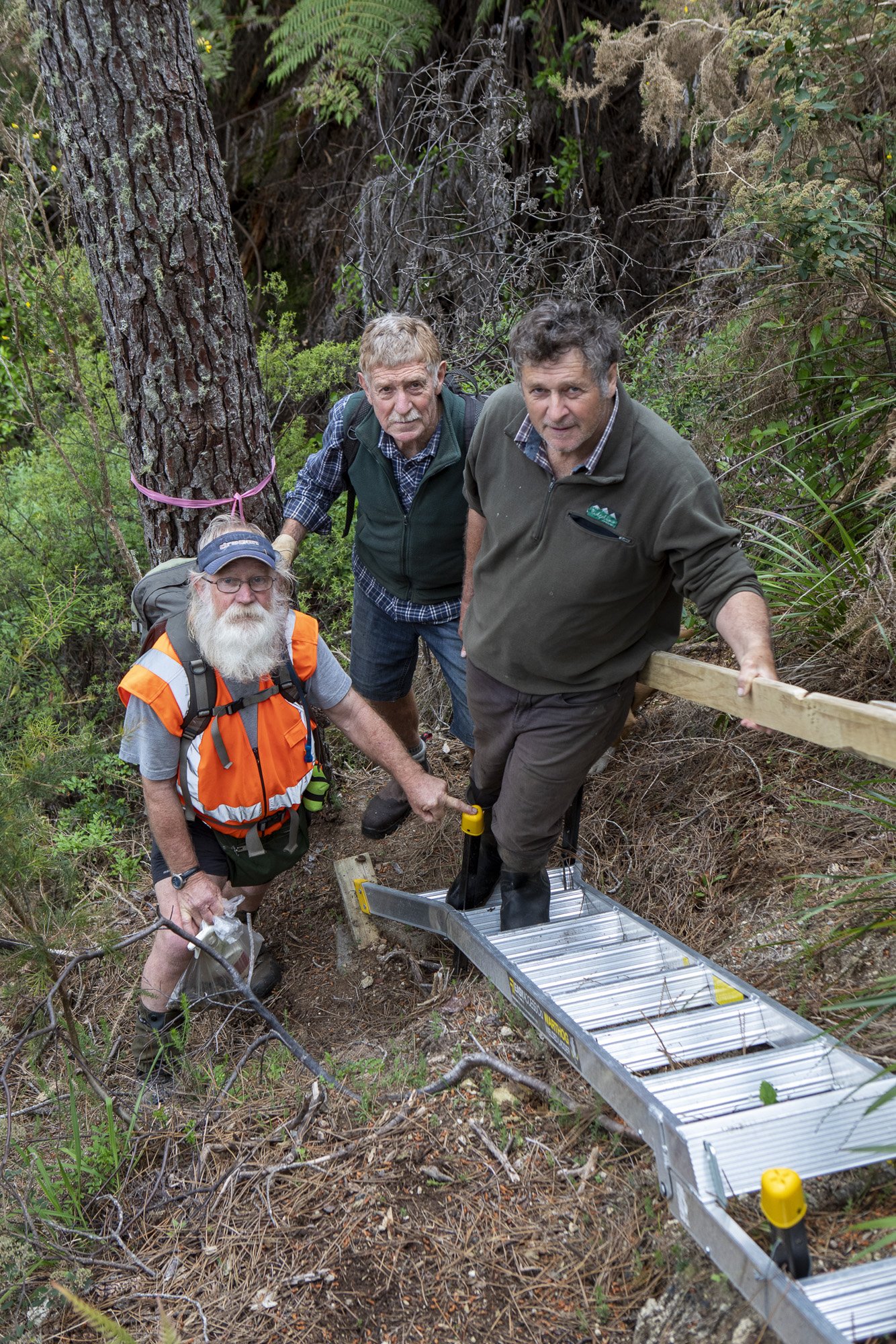
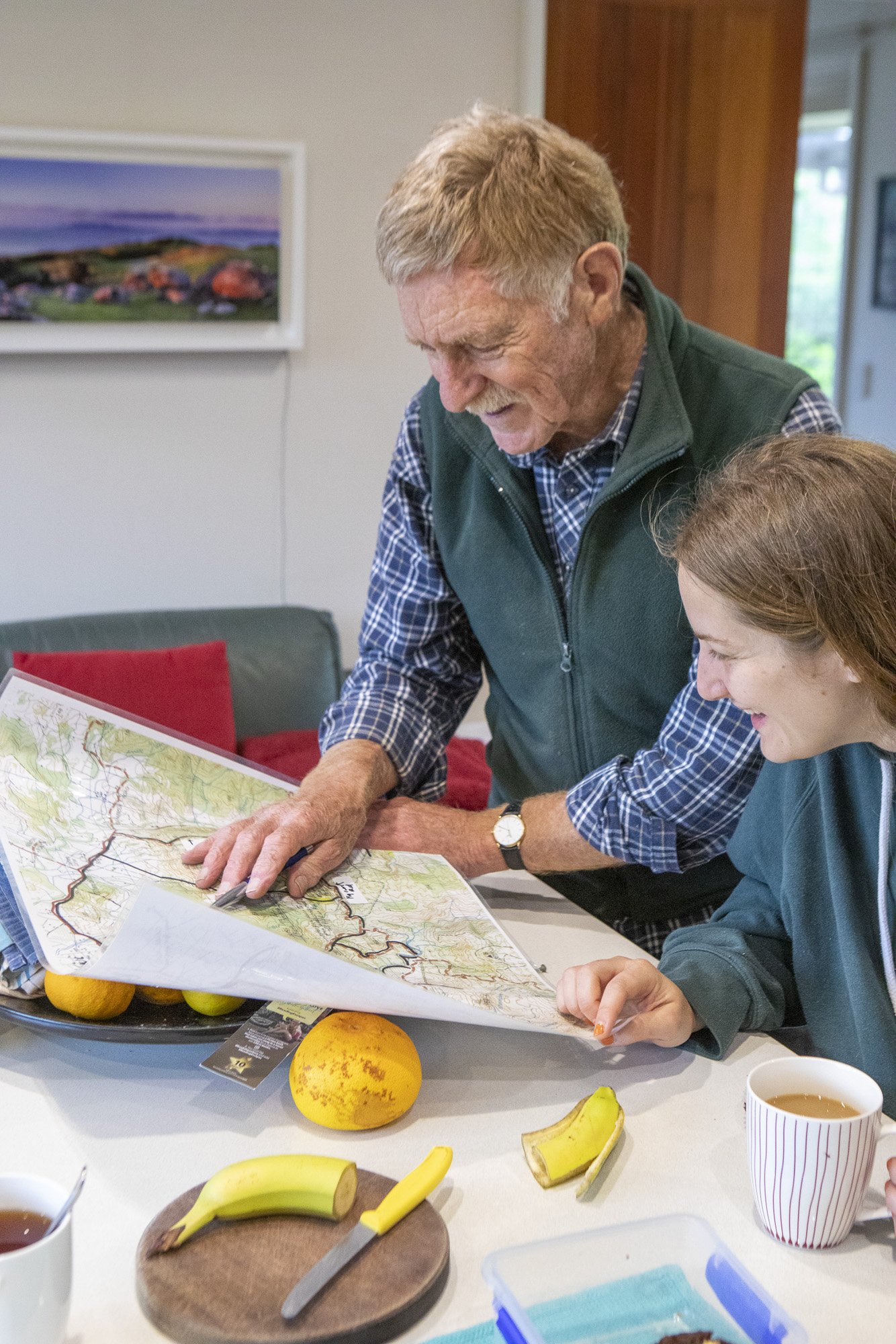

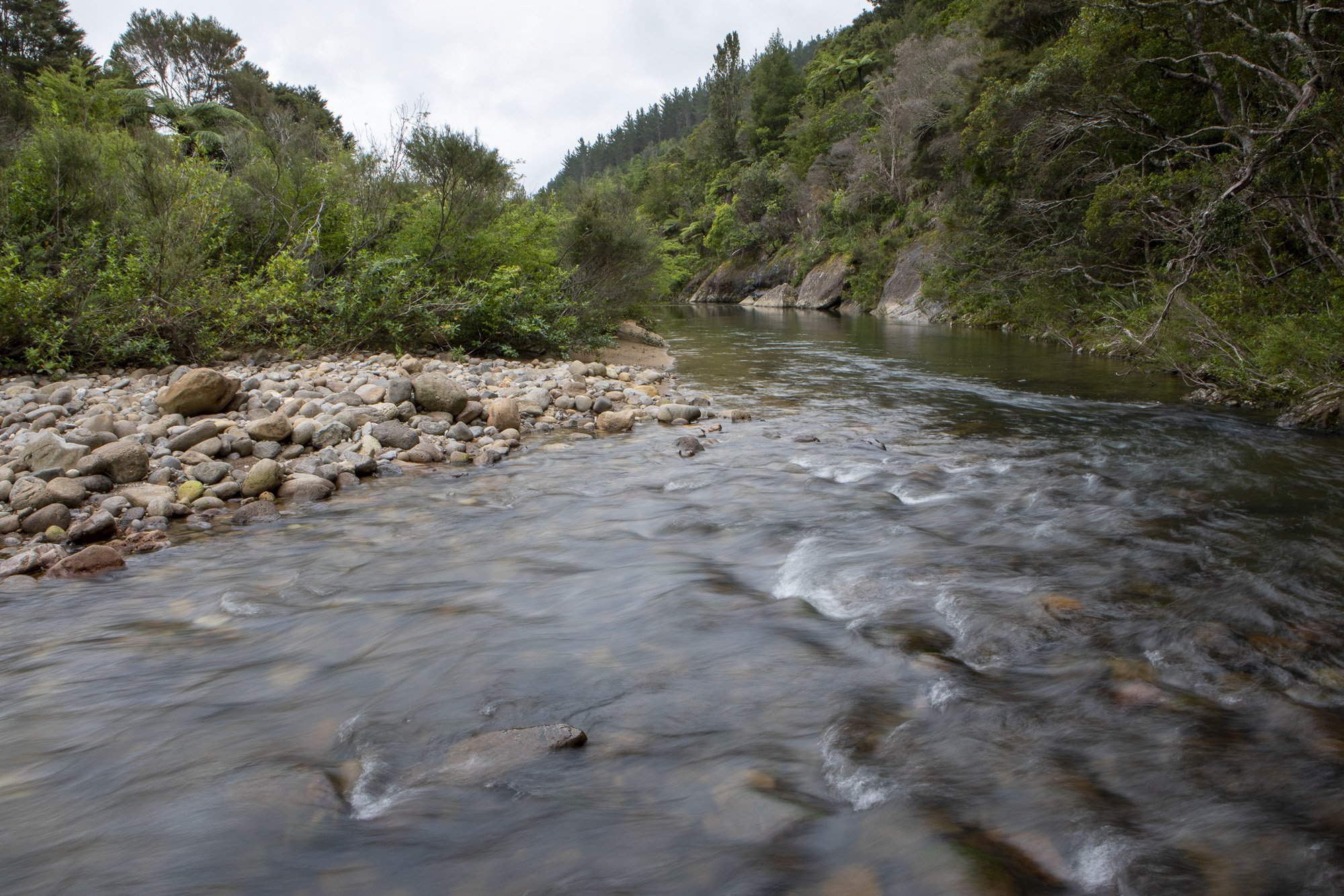
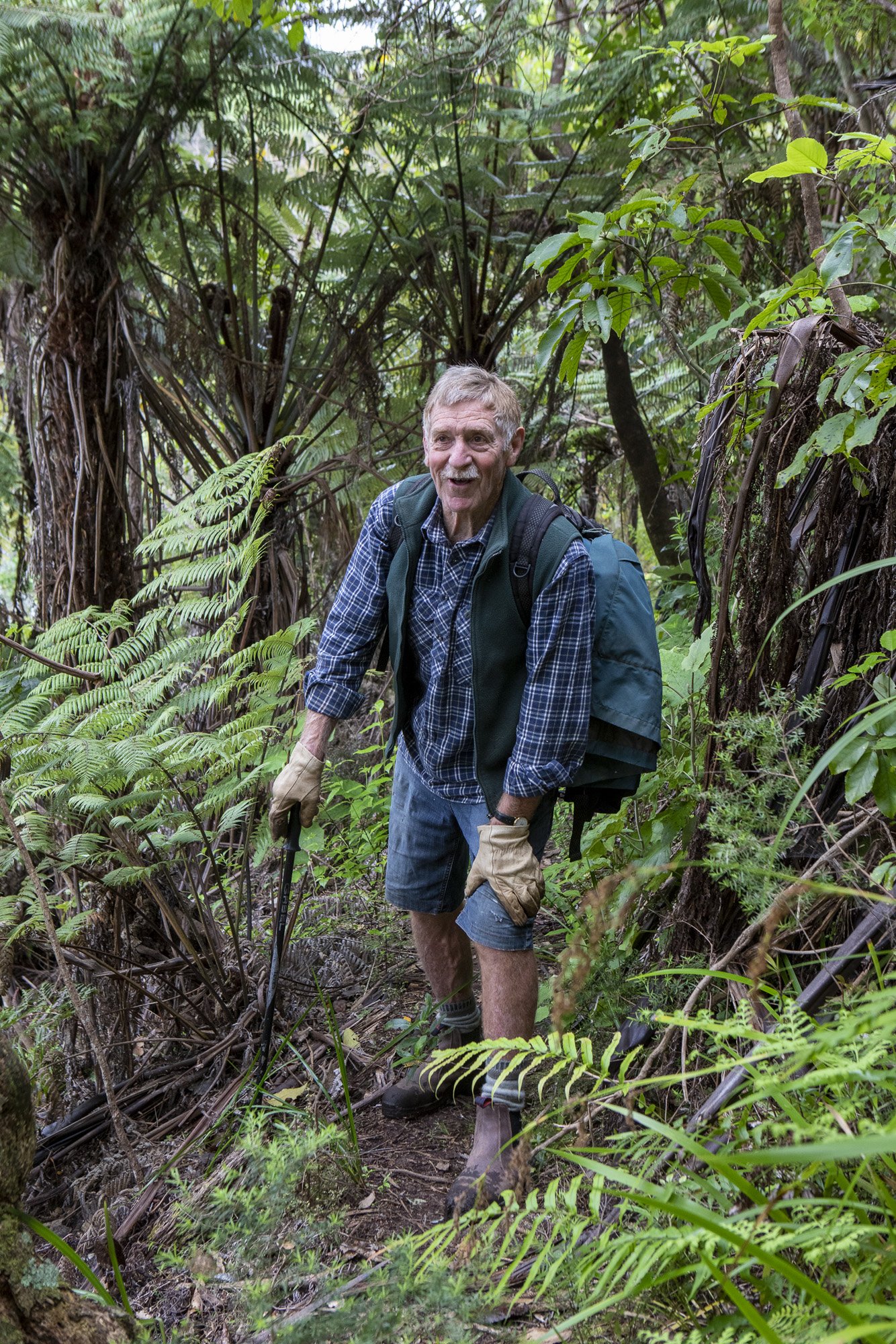

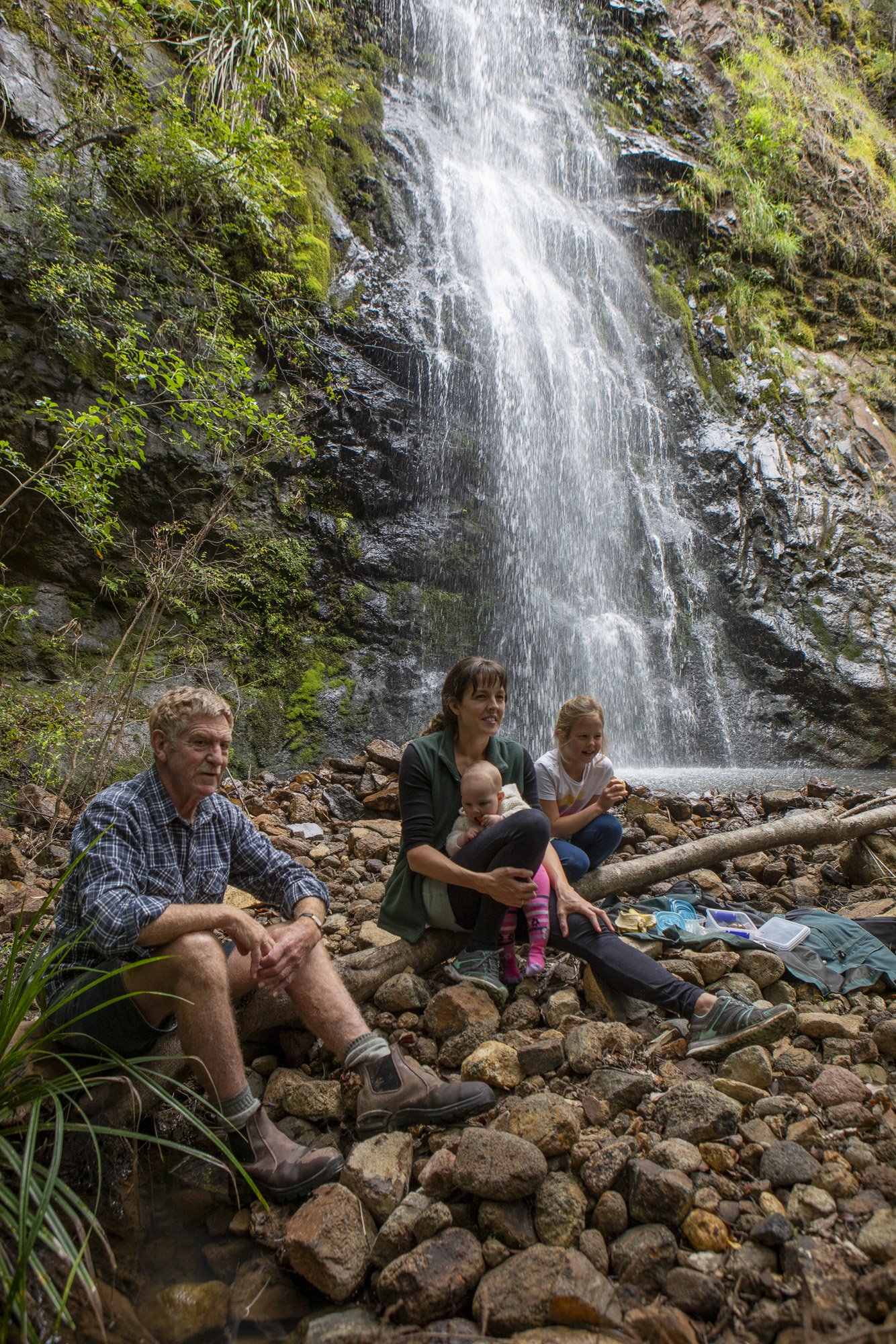
We make our way to the home of Kapowai Kiwi Group’s Secretary, David Innes, maneuvering around the herd of cattle being escorted by a trusty four-wheeler via the main road to their next paddock. Surrounded by farmland the rural air is filled with a fusion of familiar moo’s, paradise duck calls, and the rush of the nearby Kapowai and Waiwawa rivers. There’s no time to stop and take it in because, in true rural New Zealand style, there are places to go and things to do.
David is a Coroglen local who, as a surgeon and Territorial New Zealand Army officer, travelled the world before settling in 2006 on a Coroglen lifestyle block with wife Anne. Situated amidst farmlands, the property is cradled by native trees and the call of Tui is in the air. They greet us with a cup of tea, fruit, and some biscuits for the road. After a glance over some maps, we jump into the four-wheel drives and set off to learn about their community conservation journey.
On the road David tells us about the group’s founders,
"You talk “about this ‘great project’ but we’re just building on the foundations these people have left”.
It all started when the group’s founders Murray Sim, Heather McPhee, Tony Harrison, and Jenny Polakov heard the calls of our national treasure in their backyard and knew it was their responsibility to protect them, simple as that. With rampant rat, possum and stoat numbers the calls would have fallen silent if it weren’t for the group’s consistent efforts. As work continues eighteen years later the Kiwi calls have been preserved, and are perhaps more frequent than ever.
Six active KKG members are currently protecting 3,000 hectares across the Coroglen Forest, farmland, and private bush blocks. Totara, Rimu, Celery Pine, and Mahoe line the tracks which guide us to baited traps. Farm owner and group Treasurer Anthony Hamilton joins us and is eagerly involved in checking traps for catches, and replacing egg lures and baits. With his sharp no.8 wire attitude, Anthony seems like the kind of person you’d seek out if you needed a problem promptly fixed.
KKG’s dedicated contract trapper Dave Howarth also joins us, and leads the charge with efficacy. He spends 28 hours a month scouring the traplines for catches, removing predators, and resetting traps with fresh lures. The Planner and Draughtsman was employed three years ago to ensure trapping is consistent and well-managed. Now he can escape the office, connect to the outdoors, and make a difference. The group’s Chairperson Justin Murphy and Committee member Benson Lockhart also balance their time between the group and full-time jobs, with Search and Rescue and Waikato Regional Council respectively.
Dave Howarth and the team catch around 60 stoats and 250 rats annually. Stoats have been labelled ‘public enemy number one’ for New Zealand birds by Te Papa Atawhai Department of Conservation, and with good reason. Originally introduced into New Zealand in the 1800s to control rabbit numbers, they remained a protected species until 1936. Time and perspectives changed with the recognition of their threat to many of our taonga species - including the Kiwi chicks KKG are working to protect. Such introduced predators create an array of problems the collective Predator Free 2050movement is working to overcome.
An uplifting element of KKG is their inclusion and fostering of future generations within this movement. Rebecca Ebbers is the group’s Fundraiser and enjoys including her four young children in the conservation effort. It’s their future the team is working for, so its only right the youngest walker, Issac, Ebbers leads the way as we trek down the traplines. We’re hearing the occasional “have you lost the track Isaac?”, but arrive in one piece to a breathtaking feat of nature - the local waterfall. It’s time for a snack and breather to take it all in.
The team gather around and David gets busy showing the children a washed-up Kauri log from recent flooding. As he snaps off a superficial piece the children’s eyes widen, immersed in the textures and colours before them. The connection within the group feels natural and uplifting, and the children seem right at home.
It’s not every day you get the chance to listen to Kiwi calls or join an illusive egg-lift, but these children are already connecting to our iconic national bird because they share a backyard. They join the annual Kiwi call surveys which run for five nights in the Winter breeding season and are contributing to the call data that spans ten years to date. Not only that but, as part of their collaboration with 'Operation Nest Egg', the children get to see Kiwi up close as their eggs are lifted out of nests for safe incubation off-site and re-release when they are big and strong enough to fight off stoats. This incredible breeding initiative takes place at three sites in the North Island and increases Kiwi chicks’ survival rates from 5-10% in the wild to 90%.
The children freely retrace our steps, dodging streams and seedlings until we find ourselves back at the four-wheel drives. We say our goodbyes and head back to the main road, leaving the familiar moo’s, paradise duck calls, and river rush behind us. For a few hours we got to escape the hustle and bustle of everyday life and immerse in the lively backyard of Kapowai that’s shared with our national treasure, the Kiwi. With the wide eyes of Rebecca’s children, keen determination to make a difference, and enduring connection between the KKG members I have no doubt their work will once again be handed down for continuity in the years to come.
Article by: Siobhan O’Connor
Photography by: Ian Preece, Seascape Photography
If your community conservation group would like to share your story and be featured on our blog, please get in touch! If you are interested in volunteering in the Hauraki Coromandel head over to our Contribute page and read more.

